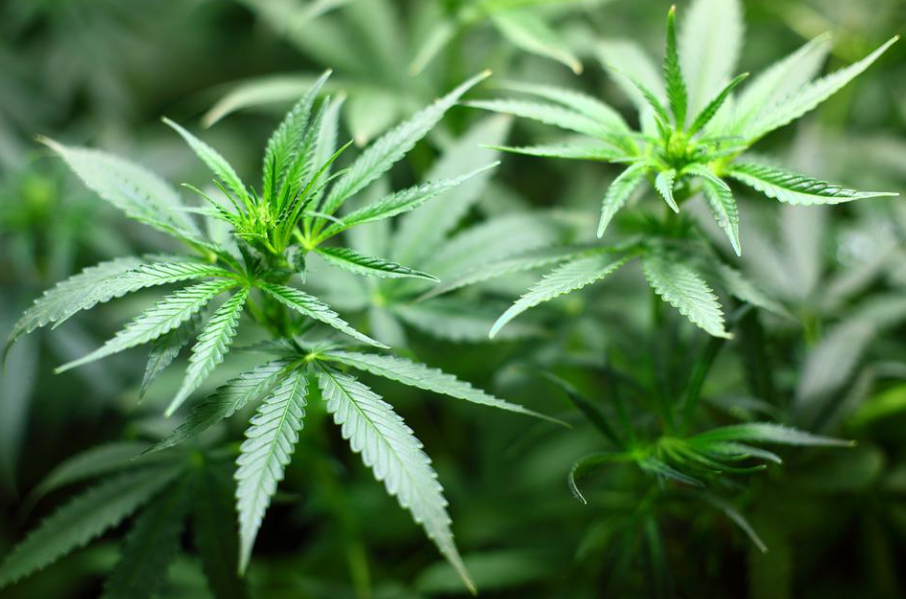Ohio Cannabis Market Faces Challenges Amid Optimism for Adult-Use Expansion
LOS ANGELES- Ohio’s medical cannabis market, one of the nation’s most strictly regulated, showed signs of plateauing in 2023, with an increase of just 1.2% in annual sales compared to the previous year. This marks a significant slowdown from the explosive growth observed in the market’s early years, according to a Crain’s Cleveland analysis.
Despite reaching a record $484.4 million in sales, industry leaders express concerns over the diminishing growth rate, with sales climbing by only 1% in 2023. This trend is notable given that the market witnessed significantly higher growth rates in preceding years, peaking with a 297% increase in 2020.
Industry experts like Adam Thomarios, CEO of Akron-based Klutch Cannabis, and Andy Rayburn, CEO of Buckeye Relief, highlight the challenges faced due to price compression and increased product output required to maintain revenue levels. In 2023, companies had to sell significantly more product, with a 39% increase in plant material and 25% in manufactured products, to achieve a marginal revenue growth.
This price contraction, while beneficial for consumers, poses a dilemma for cannabis operators. The average retail price for cannabis flower in Ohio dropped by approximately 37% over two years, intensifying the pressure on businesses already grappling with reduced returns.
Additionally, the medical cannabis patient base in Ohio has not reached the anticipated numbers, hovering around 175,484 active registrations as of November 30, 2023. Factors contributing to this stagnation include high retail prices, restrictive qualifying conditions, advertising prohibitions, and competition from neighboring states like Michigan, where total cannabis sales surpassed $3 billion in 2023.
The impending introduction of an adult-use market, approved by voters, is seen as a crucial development for the industry. Cannabis research firm New Frontier Data forecasts the Ohio cannabis market could expand to nearly $2 billion in adult-use sales by 2028, alongside $460 million in medical sales.
However, the success of this adult-use market depends heavily on the implementation and regulatory framework set by the state. Industry players express concerns over potential increases in excise taxes and restrictions on THC potencies, which could deter customers.


































